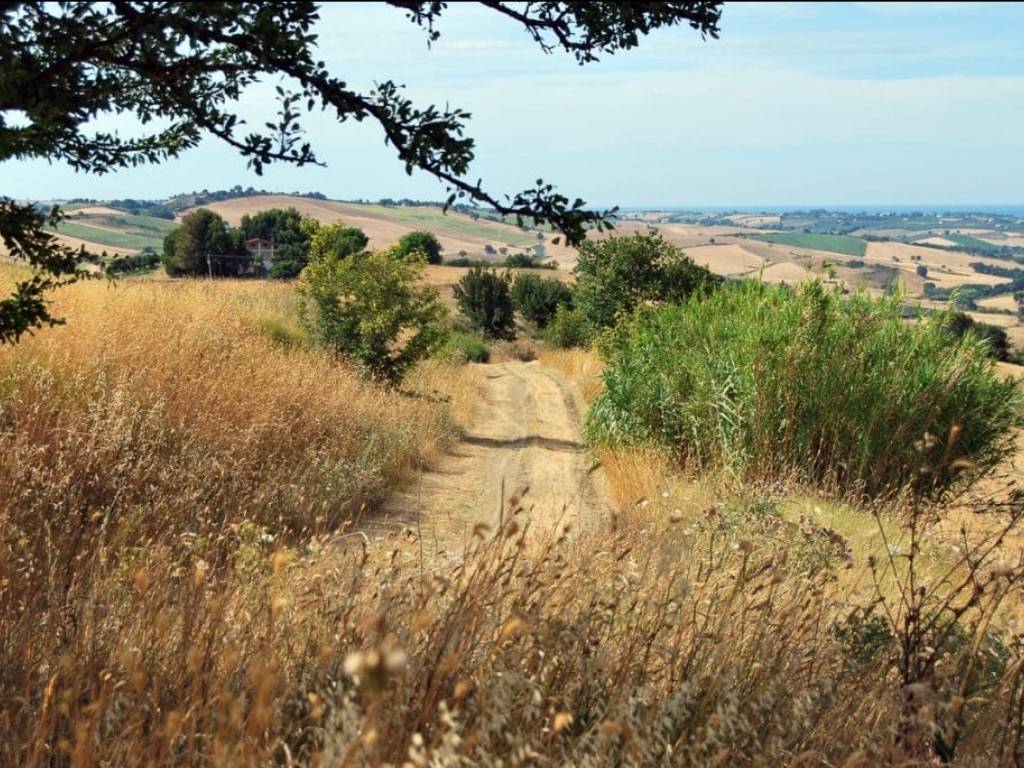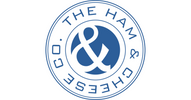Luigi di Lello and his brother Antonio have a small farm near Vasto on the Abruzzo coast. Their land lies on the ancient Tratturo Magno, the longest and most important of the Adriatic tracks used by shepherds to move livestock to and from summer grazing in the cool mountain pastures of Gran Sasso to their winter home on the Apulian plains around Foggia.

Ventricina and the Transhumance
Traditions from Scerni in Abruzzo
Up until the 1960s two million sheep in Abruzzo made the annual transhumance on these wide, well-trodden paths and they have been recognized by UNESCO as a vital element of human culture in Italy. Luigi remembers the passing flocks from when he was a child and how his mother would barter cheese and milk with the shepherds in exchange for wheat and salame. This salame was Ventricina.
Ventricina is made from free-range pork loin, shoulder and prosciutto mixed with a fragrant paste of fennel seeds and chilli (both sweet and hot). It contains no nitrates or nitrites. To this day, Luigi and Antonio cut the meat entirely by hand instead of mincing it through a machine and then coat the young salami with lard to allow their long, slow ageing in the farm's cantina.
Such large, tender chunks of meat make ventricina ideal for slicing with a knife, not on a machine and it is delicious on any salumi plate. In the kitchen Luigi and Antonio make ragù di ventricina, cook it with lentils or stir it through tiny roasted potatoes served with an egg on the top. The first ventricine of the year were traditionally ready for Easter; use the link below to browse our new stock.
|
Ventricina hanging during the curing process. iMade from free-range pork loin, shoulder and prosciutto it contains no nitrates or nitrites.
|

